Something major is about to shift in the world of two-wheelers in India—and it’s not just a new model launch or a design update. A new safety regulation is all set to change how manufacturers build bikes, how dealers sell them, and even what you get with your brand-new ride. What’s this all about? Well, let’s just say—2026 could mark a new chapter in two-wheeler safety.
A Safety Move That Could Save Lives
In order to counter the growing incidence of road fatalities involving two-wheelers in India, the Ministry of Road Transport and Highways has mandated that all new two-wheelers sold in India starting January 2026, must be fitted with an Anti-lock Braking System (ABS), which is an extension of the prior rule that only required two-wheelers with an engine capacity in excess of 125cc to have ABS.
Key highlights of the upcoming mandate:
- ABS to be compulsory on all new two-wheelers
- Two BIS-certified helmets must be provided with every sale
- Detailed implementation guidelines to be issued soon
- Expected rollout date: January 2026
Why Is the Government Doing This?
According to government statistics, a significant number of two-wheeler crashes occur due to wheel lock and skidding during sudden braking. Many of these accidents result in fatal head injuries, especially when riders and pillions do not wear proper helmets.
With the new mandate:
- ABS will help prevent skidding
- Riders will be better protected with quality helmets
- Traffic fatalities are expected to decrease
This is clearly a long-term solution aimed at safer roads and fewer accidents.
Also Read: The True Cost of Owning a Bike in India: Insurance, Maintenance & More
Impact on Buyers: Will Bikes Get Costlier?
Yes, and especially for those in the entry-level segment.
ABS systems aren’t cheap, and neither is a decent helmet. Manufacturers will likely need to add a front disc brake (in place of drum brakes) and an ABS unit. These changes could increase the cost of a bike by ₹5,000 or more.
Models likely to be affected:
- Hero Splendor
- Honda Shine 100
- Bajaj Platina 100
These bikes are some of the best-selling and budget-friendly options in India, particularly popular among first-time buyers and rural users. The price hike might cause a shift in consumer preferences or delay purchase decisions for many.
Conclusion
Although a little bit of affordability will be sacrificed, the long-term safety advantages are substantial. The government mandated adoption of ABS and helmets is intended to create a safer riding condition, to decrease fatal injuries, and to create a more compliant experience for dealers and riders.
With the official guidance on these developments anticipated within the next opportunity, it is clear; India's two-wheeler domain is beginning a smarter and safer development. If you are looking to purchase a new bike in the next couple of years, this development is one to watch.
Also Read: Reise Moto Unveils ECE-Certified Helden Helmet at ₹3,499

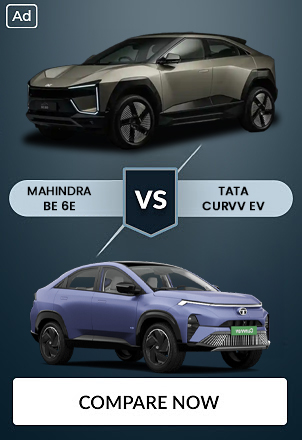


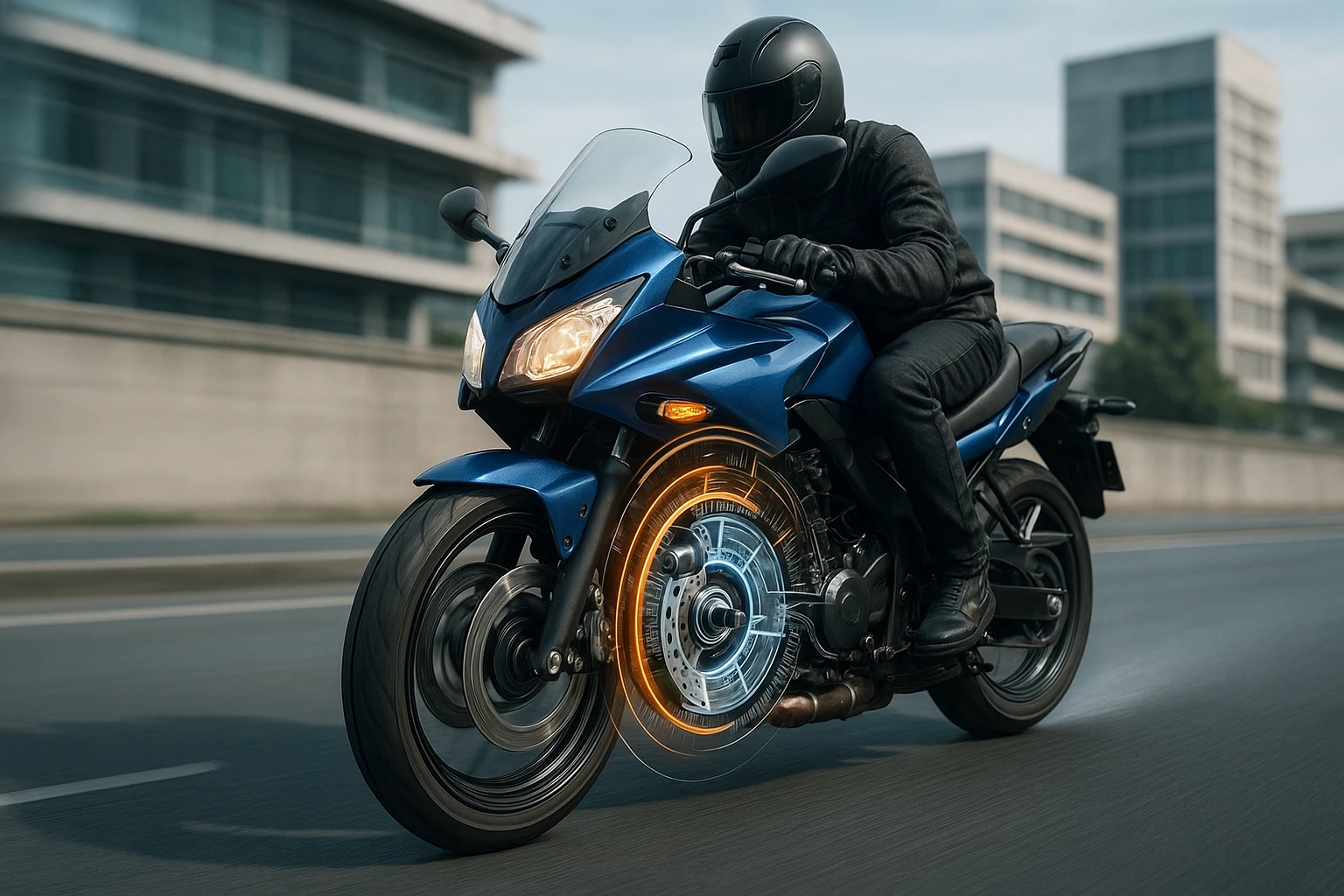
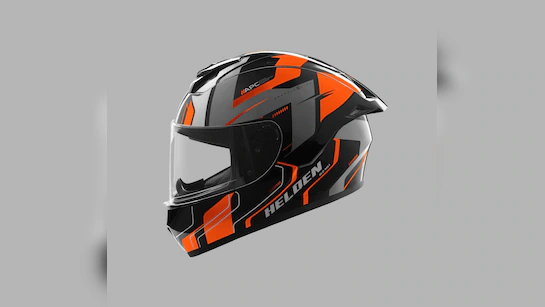
_1750672879.webp)
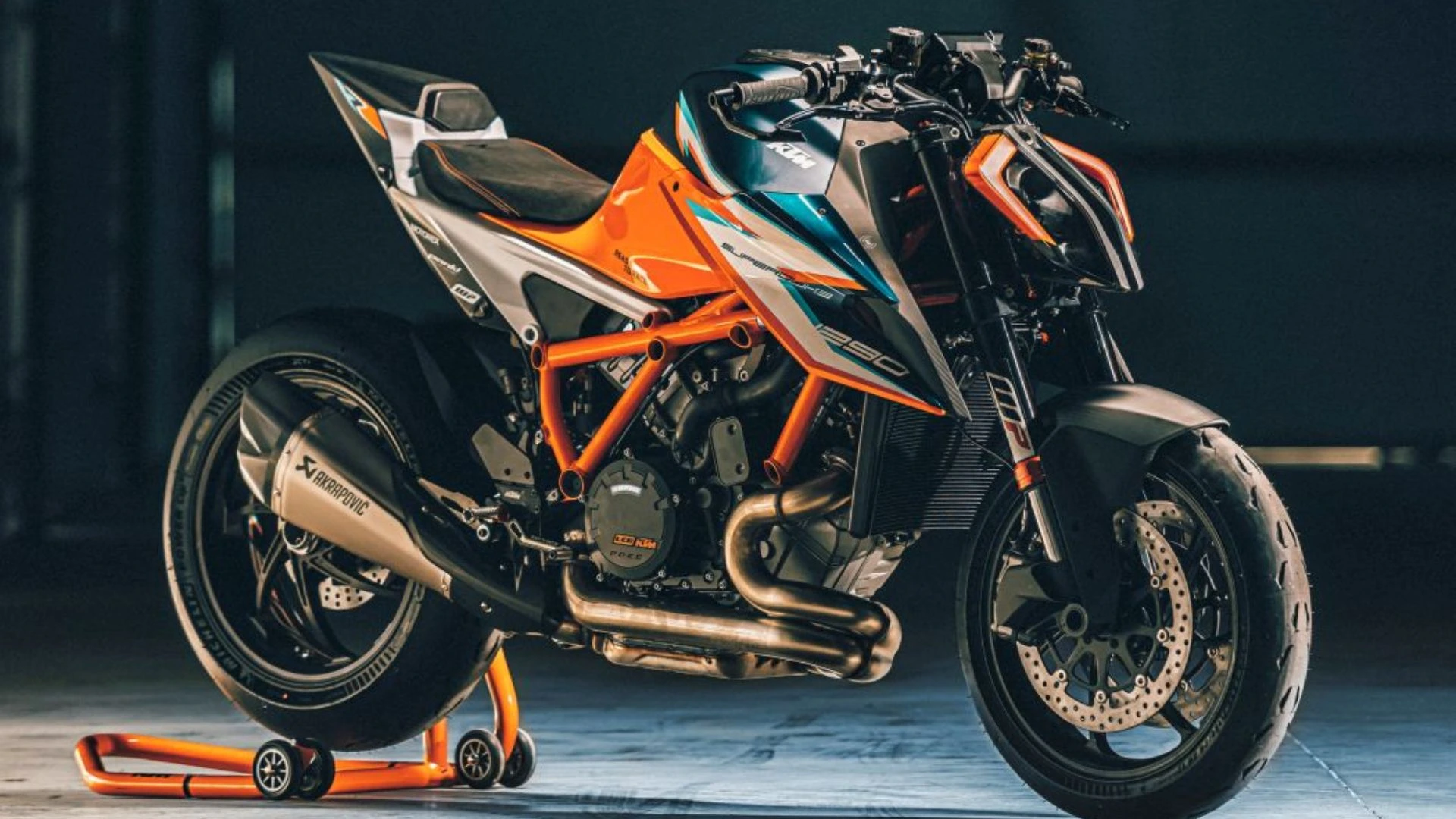
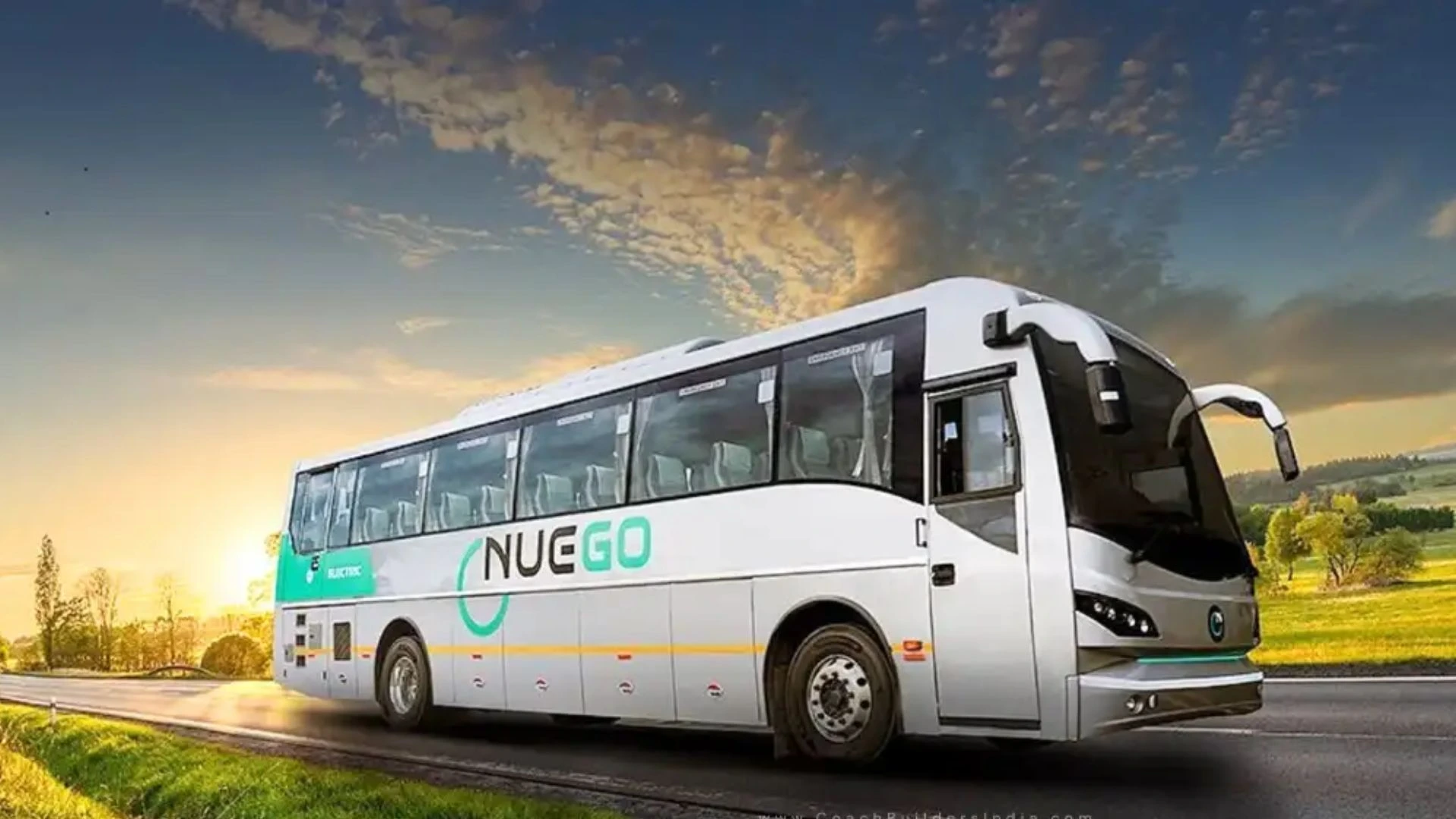
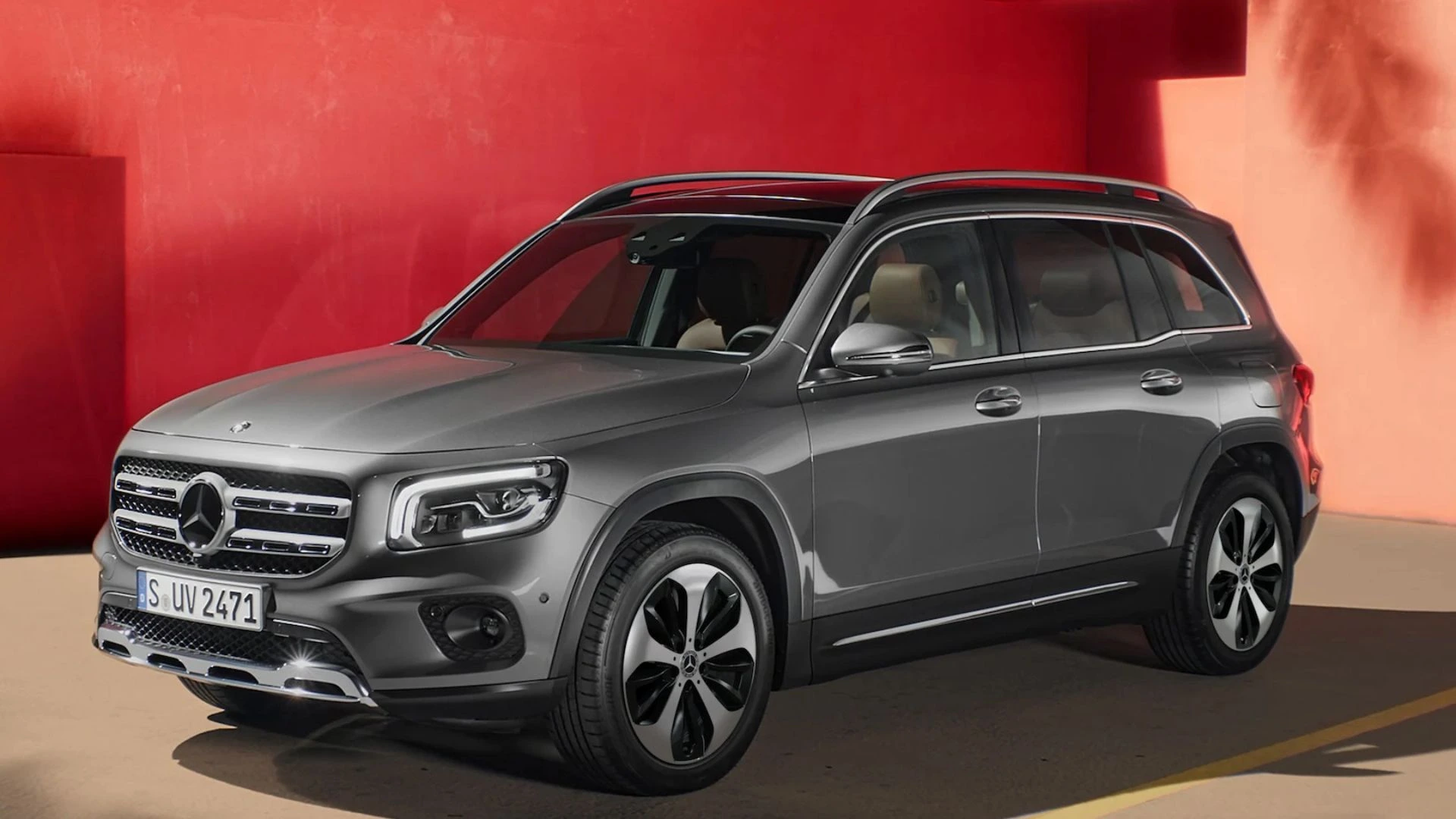
_1765357579.webp)